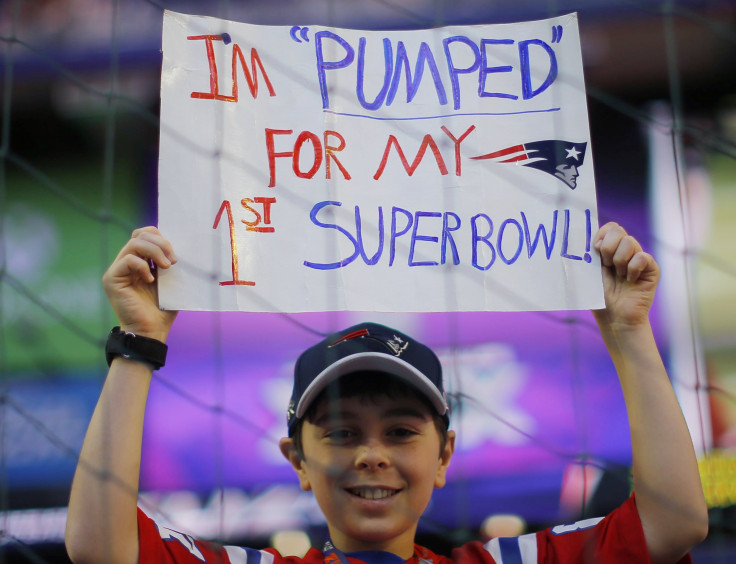NFL Retirees With Memory Problems Played Tackle Football As Preteens: Study

Professional football players who began full tackle football earlier than age 12 were more likely to develop memory and cognitive problems later in life, a study of NFL retirees found. While there were problems for players who started before and after age 12, the study found a significant difference in cognitive performance for the two groups. As some youth leagues are facing scrutiny regarding the number of head injuries young players are facing, the findings are likely to fuel a debate about when it's safe to allow children to play contact sports.
The study, done by researchers at the Boston University School of Medicine and featured in the medical journal Neurology, was based on tests given to 42 former professional football players, the New York Times reported. The players, ages 41 to 65, had been experiencing cognitive problems for at least six months prior to the study. Half of them played tackle football before age 12, while the other half started at age 12 or later.
Those who started playing before age 12 performed “significantly worse” on tests that measured short-term memory and other cognitive functions. Mental flexibility was also an issue for players who started at age 12 or older. But on several of the measures, there was a 20 percent difference between the two groups, the study found. “Being hit in the head repeatedly through tackle football during a critical time in brain development may be associated with later-life cognitive difficulties,” said Robert Stern, the study’s senior author. “The take-home message is, the earlier you start, the more issues you may have.”
Researchers fixated on age 12 because that's point when young boys’ brains are believed to have undergone key development periods. But Stern said the study’s results were only applicable to NFL players. He said more studies are needed to determine the impact of contact sports on a wider population -- for instance, in players who stopped playing in college or high school.
© Copyright IBTimes 2024. All rights reserved.






















